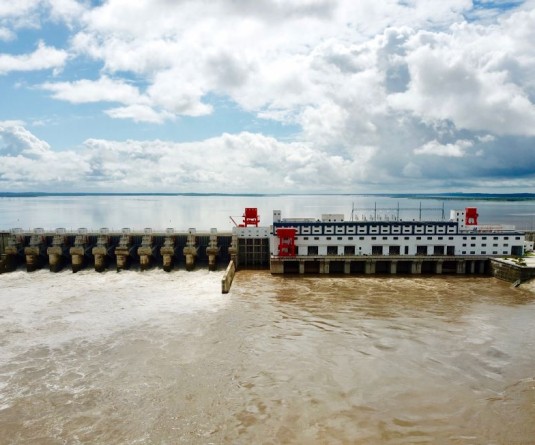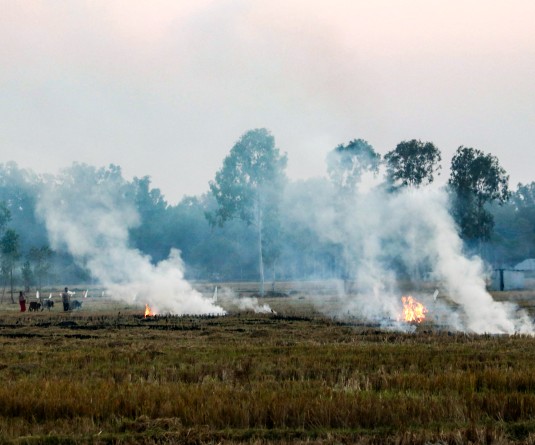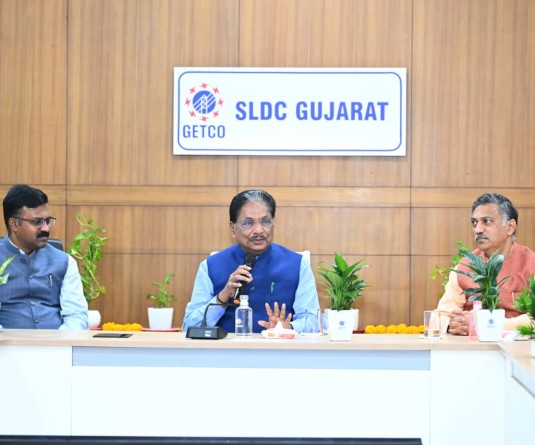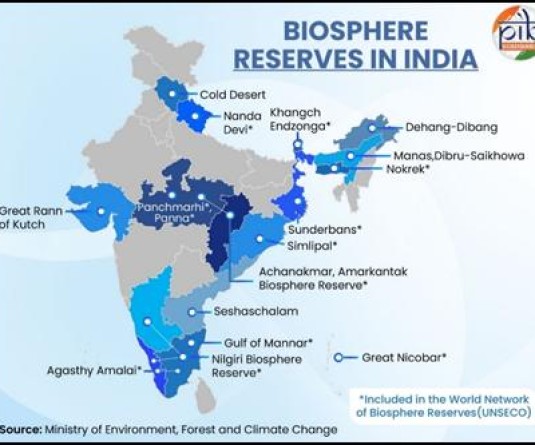IANS Photo
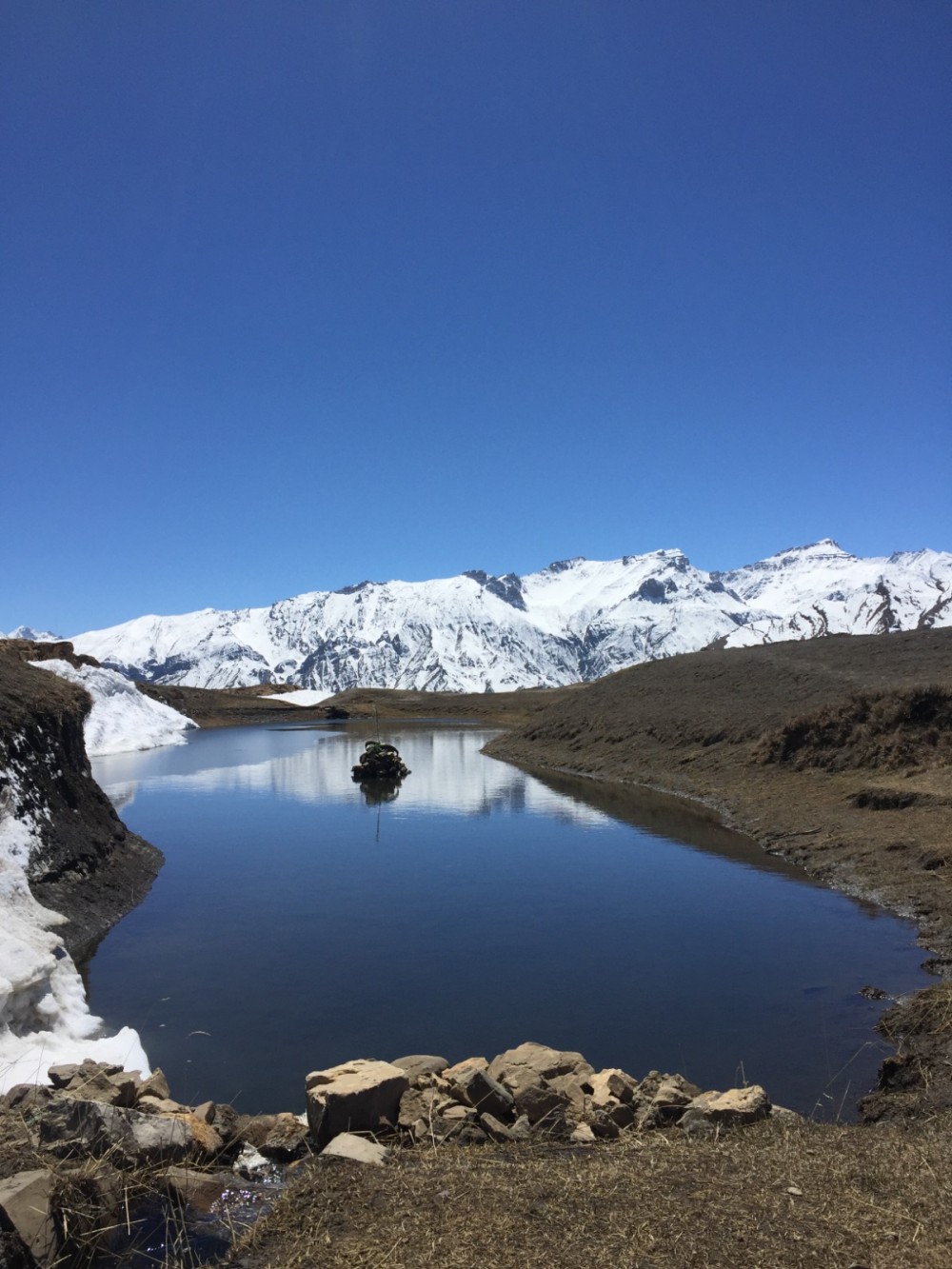
Shimla, October 19 (IANS): Over 30 organisations and 40 individuals from across the Himalayan region have submitted a joint representation to the high-powered committee of the National Disaster Management Authority (NDMA), calling for urgent reforms in disaster governance and climate preparedness.
Also, they demanded that all ongoing and proposed mega projects undergo an independent and scientific review to assess their cumulative ecological and disaster risks.
In a joint statement, under the banner of the People For Himalaya campaign, comes in the wake of the catastrophic monsoon disasters that exposed the deep ecological fragility and governance "failures" across the mountain states.
The statement notes that the 2025 monsoon season has brought widespread devastation through floods, landslides, glacial lake outburst floods, and cloudbursts across Uttarakhand, Himachal Pradesh, Ladakh, Jammu and Kashmir, the Northeast and Darjeeling.
These disasters have resulted in extensive loss of lives, destruction of homes, and collapse of infrastructure, while also laying bare the cumulative effects of unscientific development, environmental degradation, and decades of policy neglect in addressing mountain-specific vulnerabilities.
The signatories argue that the scale and frequency of such events demand a decisive and coordinated response from both national and state authorities.
The People For Himalaya campaign has called on the NDMA to immediately strengthen post-disaster needs assessment and financial support to affected states. It emphasises that post-disaster needs assessment (PDNA) studies already underway in states like Uttarakhand and Himachal Pradesh must be completed without delay to guide fair and evidence-based rehabilitation and reconstruction.
In regions where such assessments have not yet begun, such as Darjeeling and other parts of northern Bengal, the submission urges the central government to constitute expert teams and launch detailed studies of the social, environmental, and livelihood impacts of disasters.
The statement calls for a substantial increase in allocations to the State Disaster Response Fund (SDRF) to reflect the complex and escalating risks in the Himalayas, and recommends the creation of a dedicated disaster mitigation and climate adaptation fund for mountain states, with mechanisms for transparency and public accountability.
A central concern raised by the submission is the need to address the role of large-scale infrastructure projects in heightening disaster vulnerability.
It pointed out that regions with extensive construction of highways, hydropower projects, tunnels, and railways have suffered the worst impacts, as these projects disrupt riverbeds, destabilise slopes, and cause deforestation.
The campaign demands that all ongoing and proposed mega projects undergo an independent and scientific review to assess their cumulative ecological and disaster risks.
It also calls for a halt to projects that increase exposure and vulnerability in fragile terrain, stricter regulation of tourism and commercial infrastructure, and the integration of climate change projections into all planning processes.
The joint submission has been endorsed by organisations and individuals across India and abroad, including Climate Front (Jammu), Citizens for Green Doon (Uttarakhand), Social Development for Communities Foundation (Uttarakhand), Joshimath Bachao Sangarsh Samiti (Uttarakhand), Himdhara Collective (Himachal Pradesh), Himalaya Niti Abhiyan (Himachal Pradesh), The Shimla Collective (Himachal Pradesh), Council for Democratic Civic Engagement (Sikkim), Youth For Himalaya, Indigenous Perspectives (Imphal), Uttarakhand Lok Vahini (Uttarakhand), National Alliance of People's Movements (NAPM), and MAUSAM Network.


